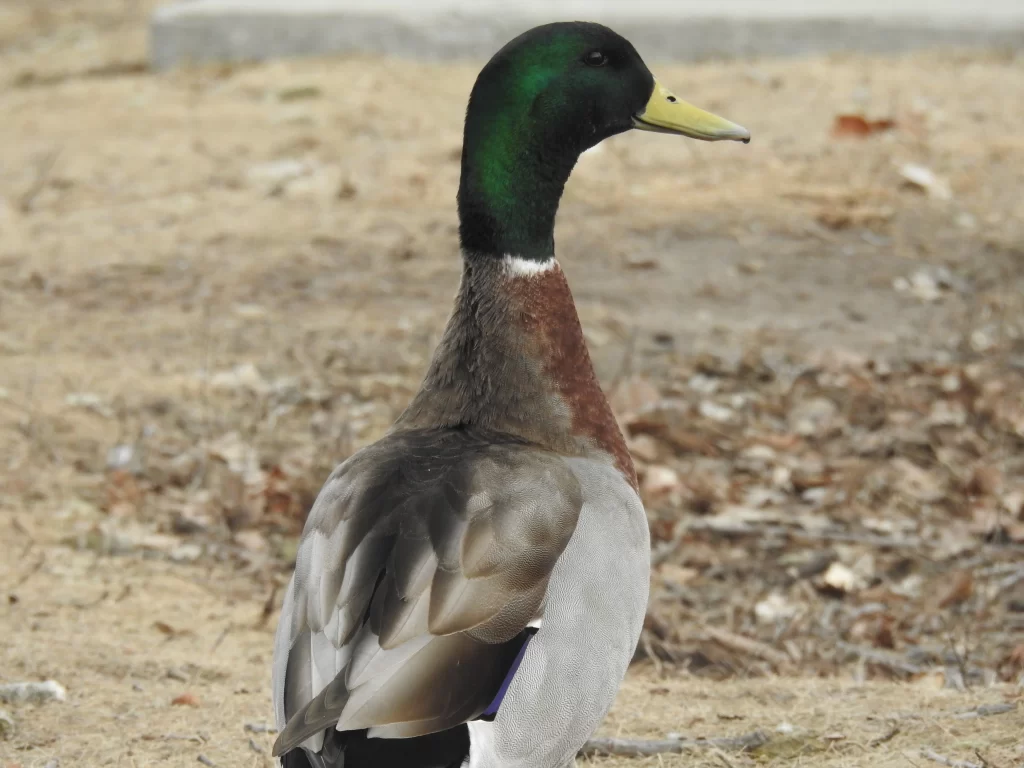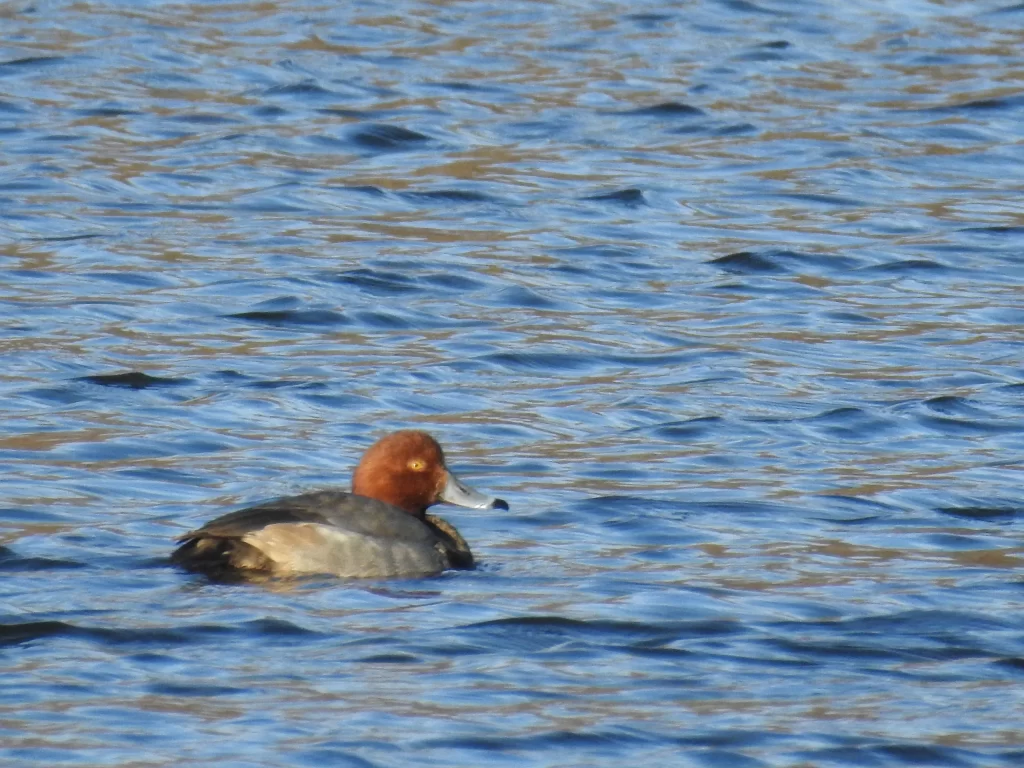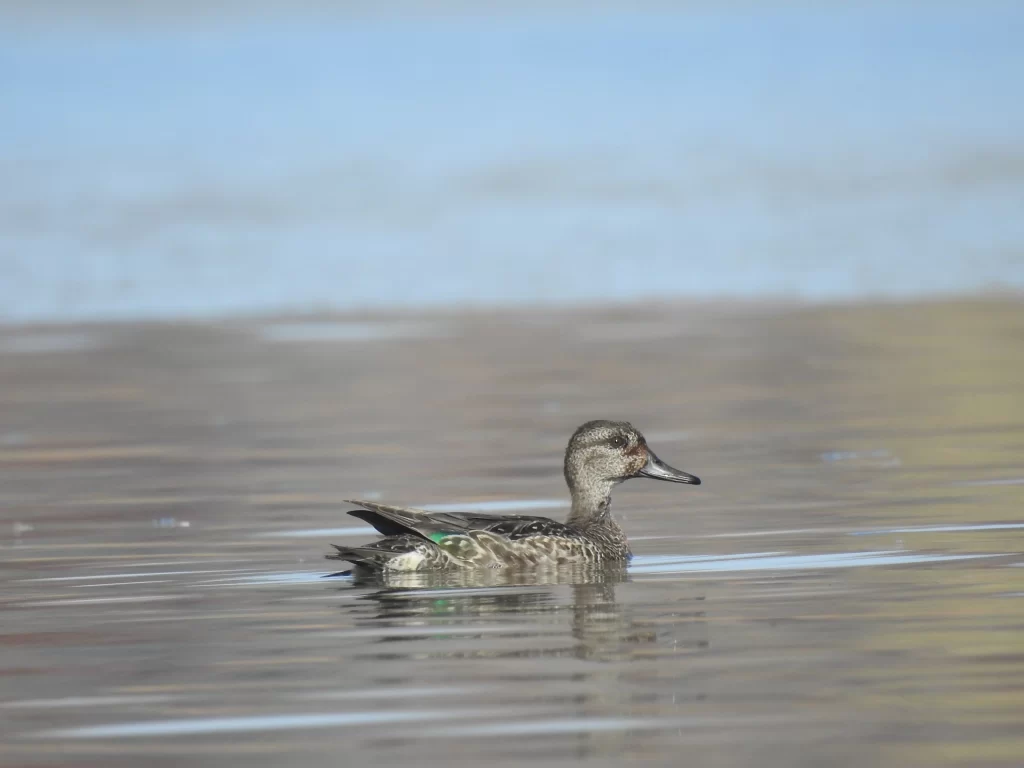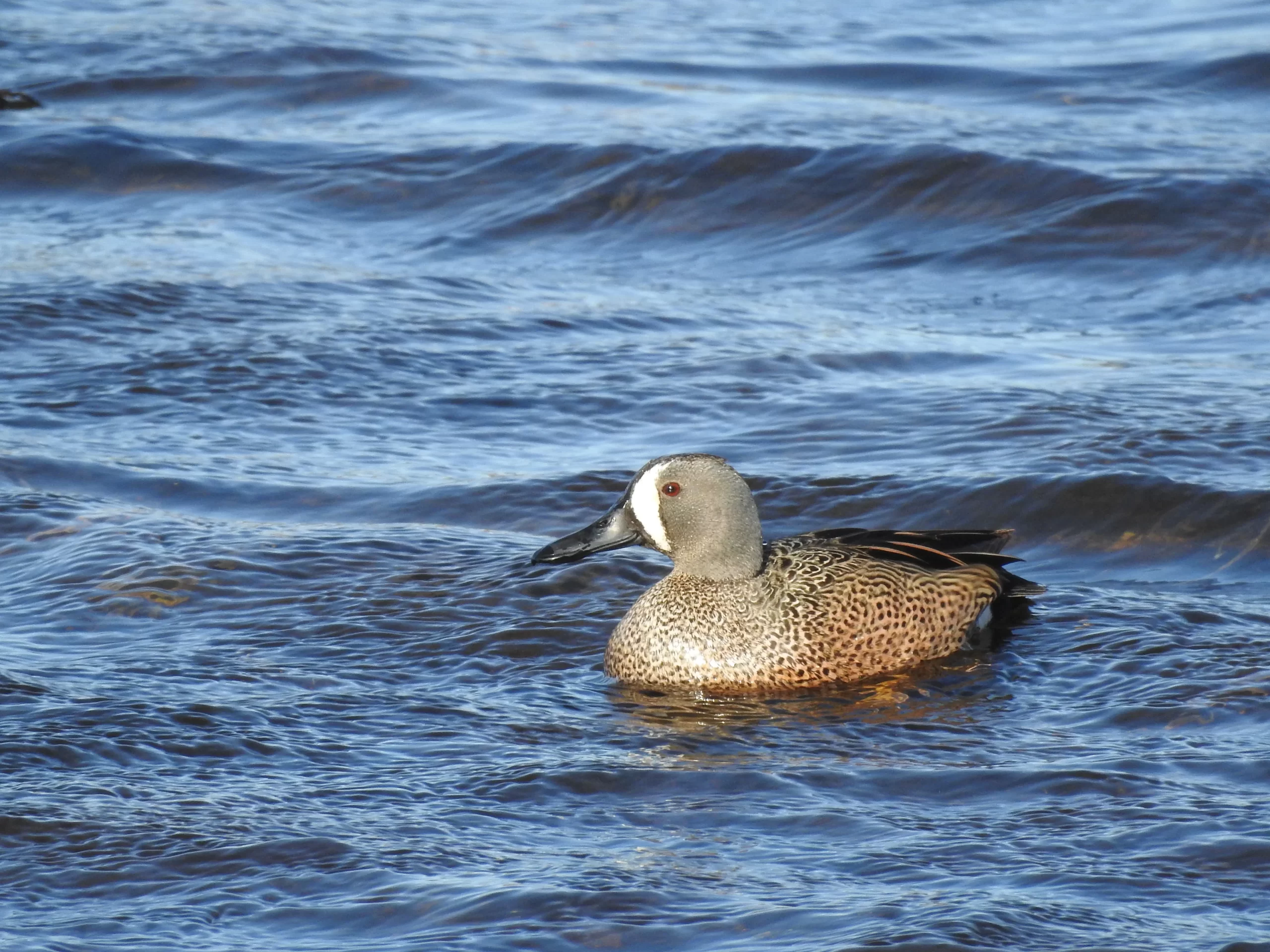Ducks are among the most fascinating birds. From their unusual (and disturbing) mating habits to their cute and quirky mannerisms, ducks have long captivated humans. Anyone who has spent time near ponds, lakes, or even oceans have surely seen a duck floating on the water’s surface before. This sight may prompt some to wonder, “How do ducks float?”.
Well, ducks are able to effortlessly float on the water’s surface thanks to three key biological adaptations: hollow bones, feathers that trap air, and internal air sacs. Please read on as I explain how each of these adaptations allow ducks to float.
Table of Contents
If you prefer to enjoy content in video form, please check out my video on how ducks float above!
How Do Ducks Float?
Now that I’ve provided you with a brief explanation that addresses how ducks float, I will expand on the previosly-mentioned points. So, how do ducks float using the aforementioned adaptations?
Hollow Bones
Most birds have hollow bones, as this adaptation makes them lightweight and allows them to maintain flight once airborne. Considering ducks, it turns out that all of their bones are hollow.
You probably assume that duck bones must be extremely fragile considering their hollow nature, but they are actually quite durable. If ducks had normal, solid bones, they may find it difficult to stay afloat on the water. Fortunately for them, their hollow bones minimize their weight and help them to float.
Feathers That Trap Air
Duck feathers are pretty remarkable. They keep these birds warm in the winter and allow them to essentially be waterproof. Ducks have evolved two different ways to use their feathers to make themselves impenetrable to water.

First, their feathers have special vanes that trap air and create a shield around a duck’s body that keeps water from touching their skin. The trapped air makes ducks more buoyant and makes it easier for them to float.
The second reason why duck feathers keep water from touching their skin is thanks to help from a little something known as the uropygial gland. The uro-what? The uropygial gland! It’s a little reservoir located near a duck’s tail that produces an oily substance. Ducks rub this liquid all over their feathers, and this incredible substance essentially seals off their feathers from the water – allowing water to roll right off.
Both of these adaptations are crucial components of a duck’s ability to float.
Internal Air Sacs
Although few are aware of this, ducks have nine internal air sacs that are very important to their efforts to stay afloat on water. Now, the air sacs do much more than help ducks to float – they also help them to breathe and play a key role in their flight.
Do All Ducks Float?
Now that I’ve filled you in on the secrets to how ducks float, you may be curious if all of your quacking feathered friends have this ability. Do all ducks float?
Yes, all species of duck around the world can float! Even domestic ducks are capable of floating provided they continuously provide oil from the uropygial gland to their feathers. Ducks are graceful in the water, and it turns out that they are capable of far more than just floating.
Can Ducks Swim Underwater?
The ducks that you watch at the park may not seem like the most impressive creatures, but those who have observed some of the less common duck species know that they can perform many impressive feats. How about their abilities to swim, though – can ducks swim underwater?

Yes, ducks can–indeed–swim underwater! In fact, many ducks rely on their ability to swim underwater to provide them with food. Waterfowl hunters break ducks down into two key groups: diving ducks and dabbling ducks.
Diving ducks include species like scaup, scoters, mergansers, and more more, while dabbling ducks include Mallards, teal, shovelers, and more. Although diving is far more commonly observed in ducks categorized as diving ducks, dabbling ducks can also dive to evade predators if need be.
How Long Can Ducks Hold Their Breath?
Okay, now that you know that ducks can dive, you may be curious as to how long they can remain submerged. How long can ducks hold their breath?
The amount of time that a duck can hold its breath depends on the species, with diving ducks being able to go without oxygen for longer than dabbling ducks because they’ve evolved to feed underwater. While dabbling ducks may not be able to hold their breath for much longer than 30 seconds, a diving duck generally has no problem holding their breath for more than one minute.
The exact limits of a duck’s ability to hold its breath haven’t been confirmed, but know that these quackers have an impressive lung capacity.
How Fast Can Ducks Swim?
Ducks are clearly capable swimmers, but some wonder about the speed with which ducks swim. Would it be possible to beat a duck in a swimming race? How fast can ducks swim?
Ducks are not the speediest swimmers in the bird kingdom, with researchers finding that ducks typically dive at a speed of only about 0.35 meters/second, or 0.78 miles per hour.

Now, some claim that they’ve observed some ducks swimming at a speed of 20 mph, but these assertions have not been backed up by research. Plus, ducks could only feasibly sustain such speeds for a few seconds if possible.
Why Do Ducks Have Webbed Feet?
Those who have spent any measurable time observing ducks have no doubt noticed that they’ve got webbed feet. What’s up with that – why do ducks have webbed feet?
Well, the webbed feet of a duck are vital to propelling these birds through the water. Without webbed feet, ducks would not be able to navigate the water with the ease that they display. Whether they’re paddling along the surface or propelling themselves underwater, a duck’s webbed feet are crucially important.
Do All Ducks Have Webbed Feet?
Now that I’ve filled you in on the importance of a duck’s webbed feet, you may wonder about the extent of foot-webbing in ducks. Do all ducks have webbed feet?
Yes, webbed feet is a characteristic that all ducks share! Since water is so central to a duck’s lifestyle, it’s no surprise that all duck species have webbed feet to help them navigate the aquatic habitats that they call home.

